Counting the Dead
It will most likely take many years to identify all those civilians who died during Russia’s assault on Mariupol – and we may never have a full account. Many were killed during attacks or as a result of injuries for which they were unable to get treatment. Others died in the weeks and months following Russia’s siege of the city because they did not have access to clean water or medicine.
During the first half of March 2022, Mariupol residents buried the bodies of their loved ones, neighbors, and strangers in shallow makeshift graves in their backyards, the courtyards of apartment blocks, and in grassy areas where children used to play. Given the ongoing fighting and bombardment of the city, many were unable to bring bodies to hospitals, morgues, or cemeteries, and city officials only managed to promptly collect a fraction of the bodies.
The remains of some victims were likely mixed in with the rubble of damaged and destroyed buildings, never to be identified before demolition and reconstruction efforts began. Still others may have been buried outside of Mariupol. Some of those buried in makeshift graves were later transferred to official cemeteries in and around the city.
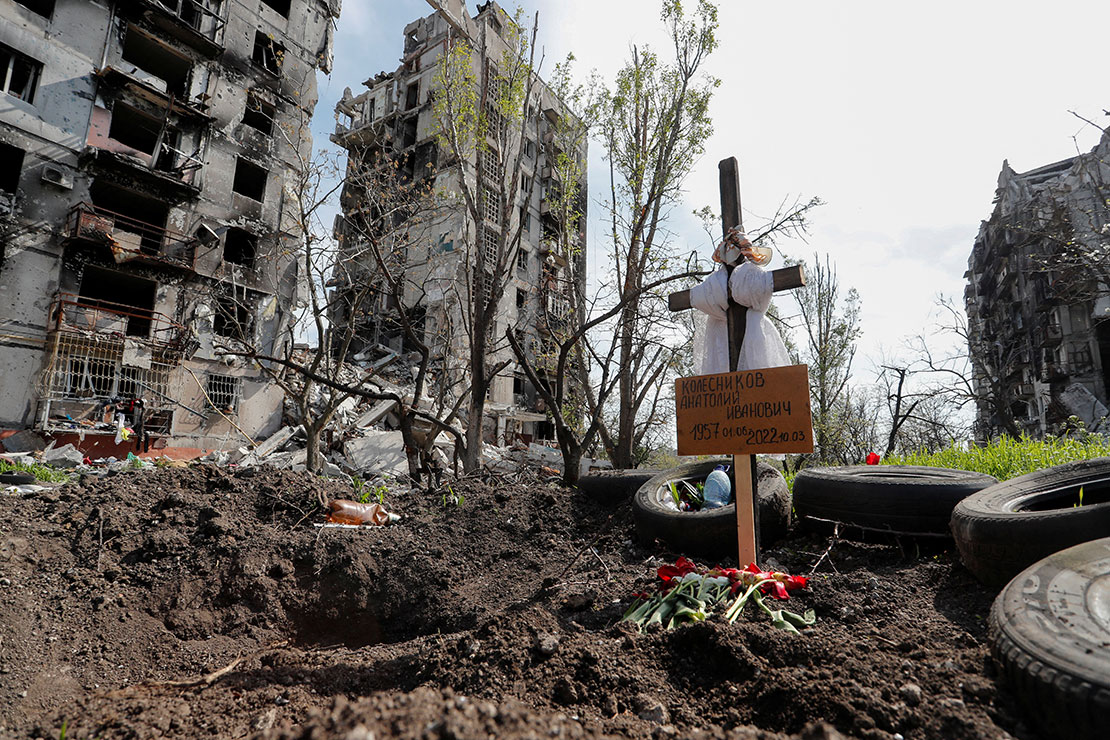
To better grasp how many people died, we analyzed satellite imagery, photographs, and videos of five of Mariupol’s cemeteries. We estimate that at least 10,284 people died and were buried in these five cemeteries during the first year of the conflict, though likely many more died. We estimate that around 2,250 people would have died naturally in Mariupol during that time, meaning the city had at least 8,034 excess deaths above a peacetime rate.
It is not clear how many of the people buried in these cemeteries were civilians – including those who died as a result of unlawful attacks – and how many were combatants.
With the city still under Russian occupation, many witnesses to abuses committed during or after the fighting who remain in Mariupol cannot speak about their experiences without risking retaliation. Physical evidence of crimes committed by Russian and affiliated forces has most likely disappeared or been destroyed. As a consequence, the full extent to which civilians died, were injured, or are still missing as a result of Russian forces’ battle for control of Mariupol against Ukrainian forces is unknown.
Burial Sites
During and after the fighting in Mariupol, the bodies of civilians young and old were found throughout the city, including in their homes, in streets, in cars, and in playgrounds.
Others were entombed beneath the rubble of destroyed apartment complexes in which they had sought refuge.
We monitored the evolution and expansion between March 2022 and February 2023 of five cemeteries that served Mariupol: Starokrymske, Vynohradne, Novotroitske, Manhush, and Pavlov Street cemetery.
1 Manhush cemetery

2 Starokrymske cemetery

3 Pavlov Street cemetery
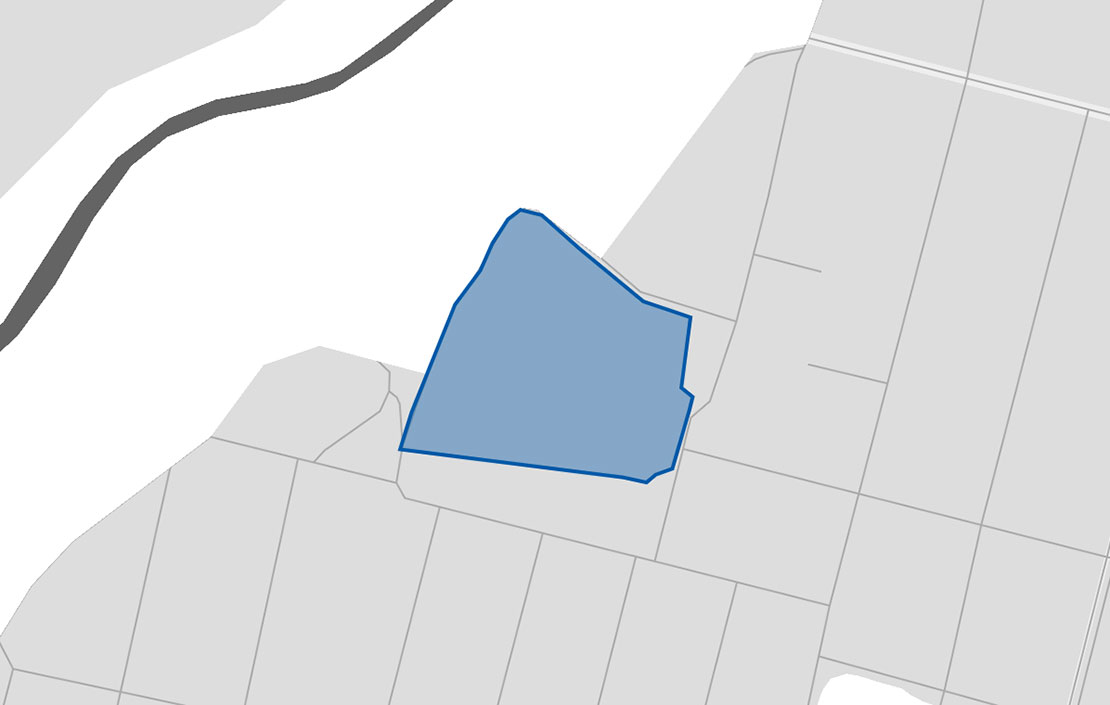
4 Novotroitske cemetery

5 Vynohradne cemetery
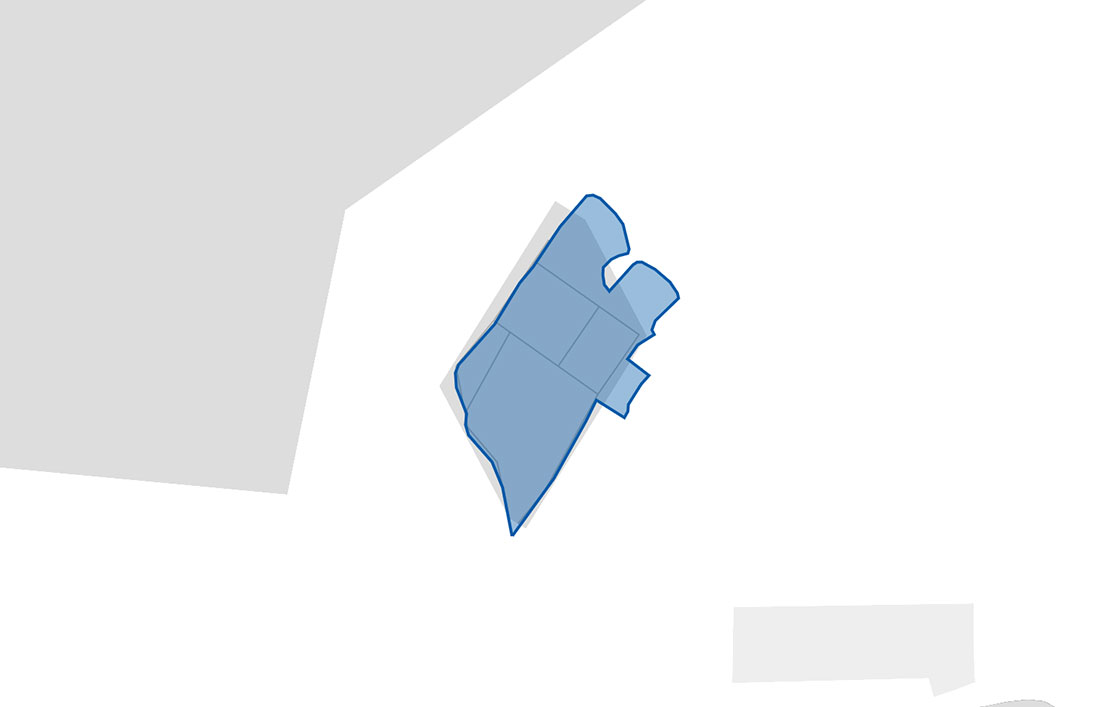
To evaluate the extent of this evolution, we compared the state of the same cemeteries for a one-year period prior to Russia's all-out invasion, analyzing images captured between June 2018 and June 2019.
Beginning the second week of April 2022, authorities from the “DNR” began to clear the rubble, removing bodies they found and taking them to a makeshift morgue and then for burial in the city’s cemeteries, together with bodies exhumed from makeshift gravesites.
Grave Types
Single Graves & Trench-Style Graves in Cemeteries
Single graves
These are graves that appear to have been dug individually. We counted these graves one by one, using very-high resolution satellite imagery.
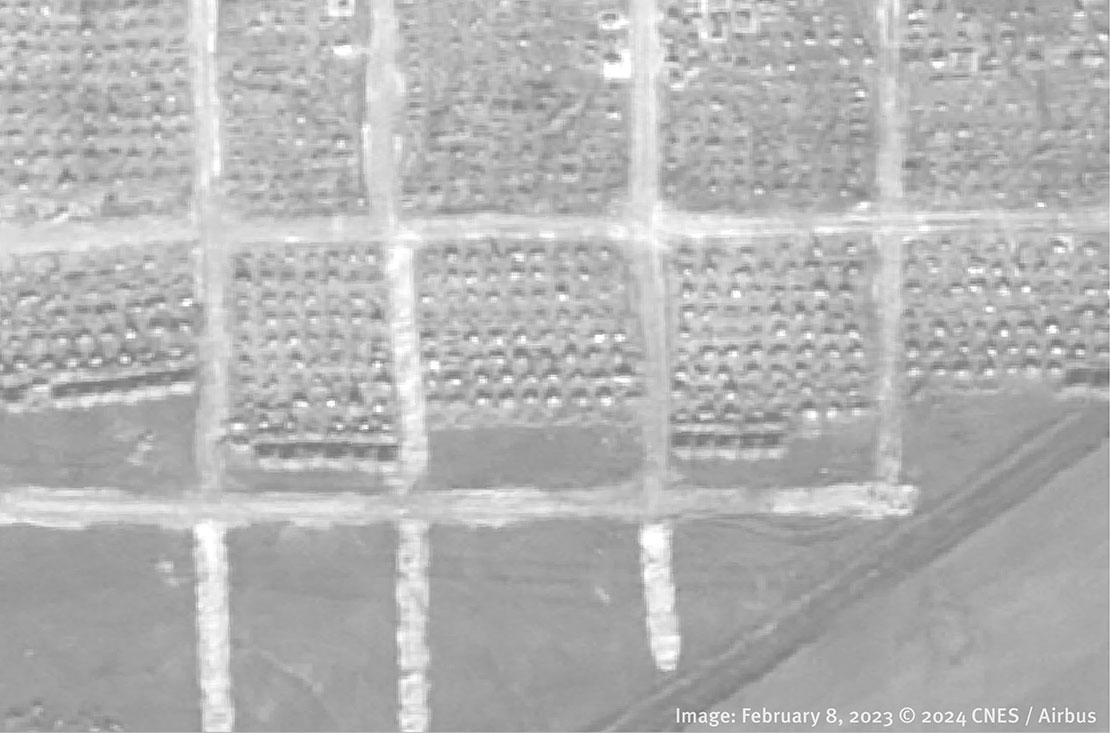

Trench-style graves
These are rows that stretch for between 10 and 70 meters with small wooden plaques placed on the mound. To count these, we assumed that each small plaque represented one body. We geolocated drone footage and videos posted to social media, and counted the average number of plaques per square meter of trenches.

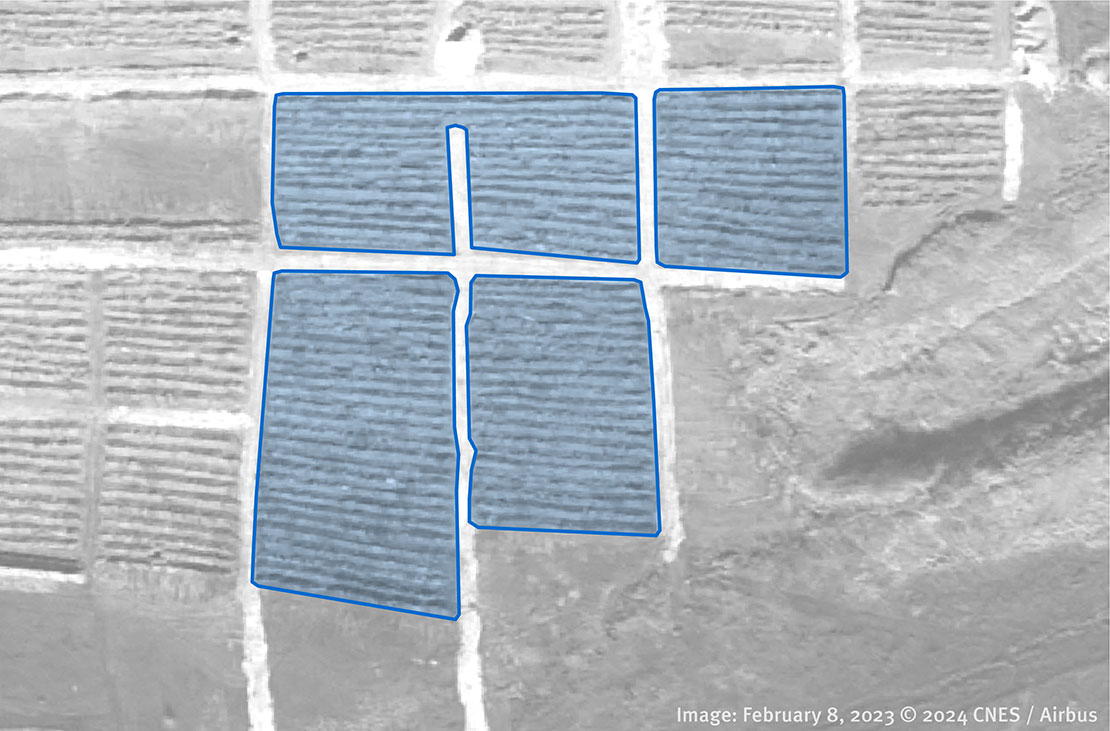
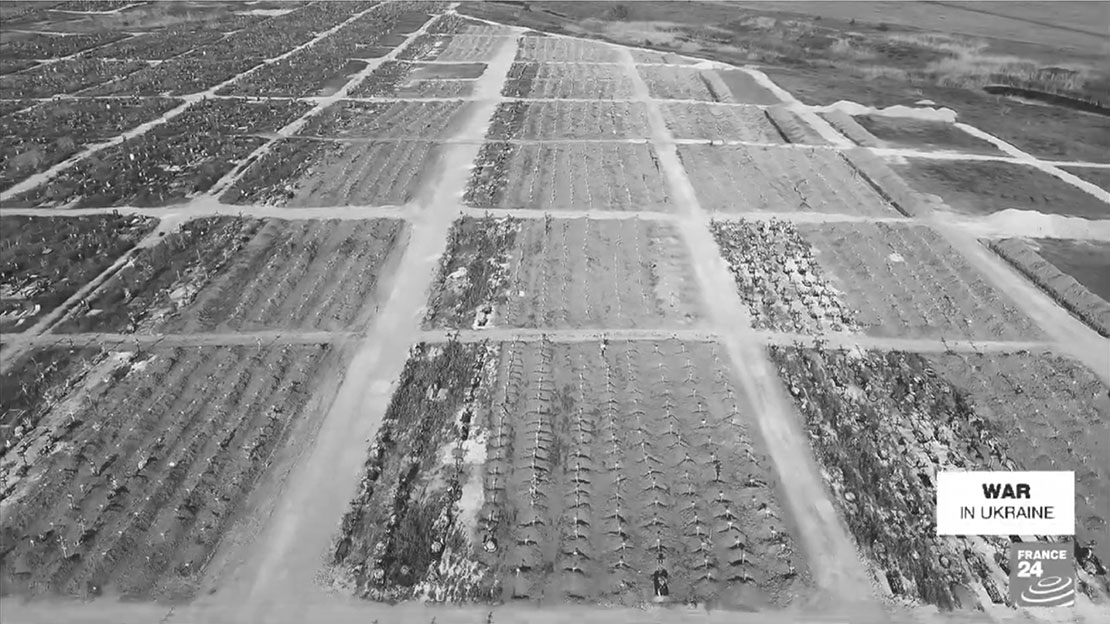
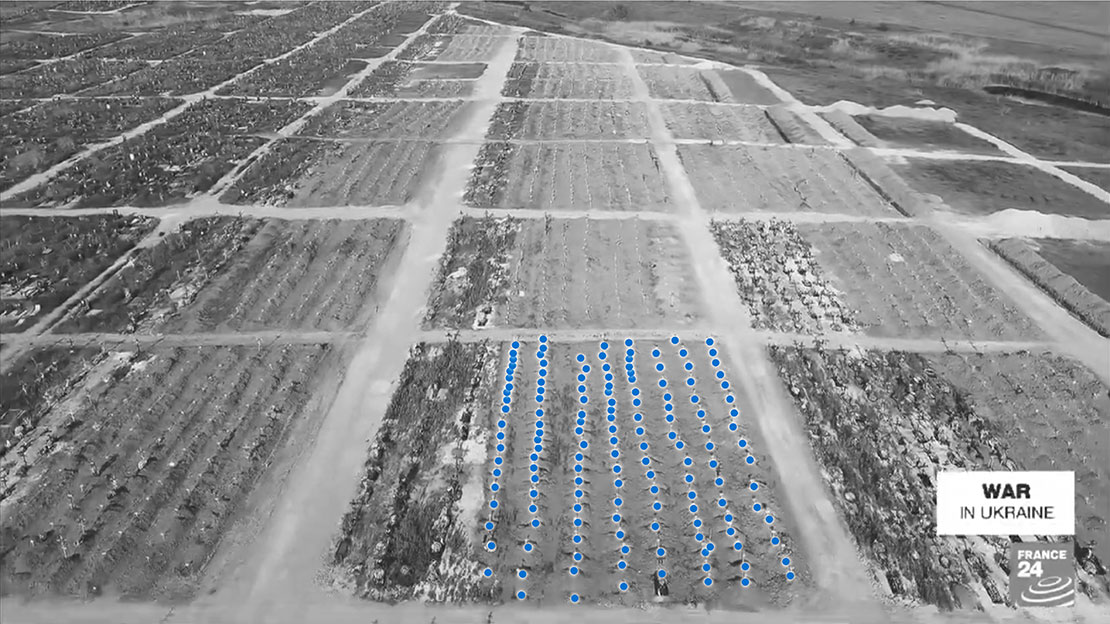
We studied both grave types in each of the five cemeteries. We then extrapolated the results to the remaining area in each cemetery.
We did not observe the use of trench-style graves to bury residents from Mariupol in any of the five cemeteries before the full-scale invasion began on February 24, 2022.
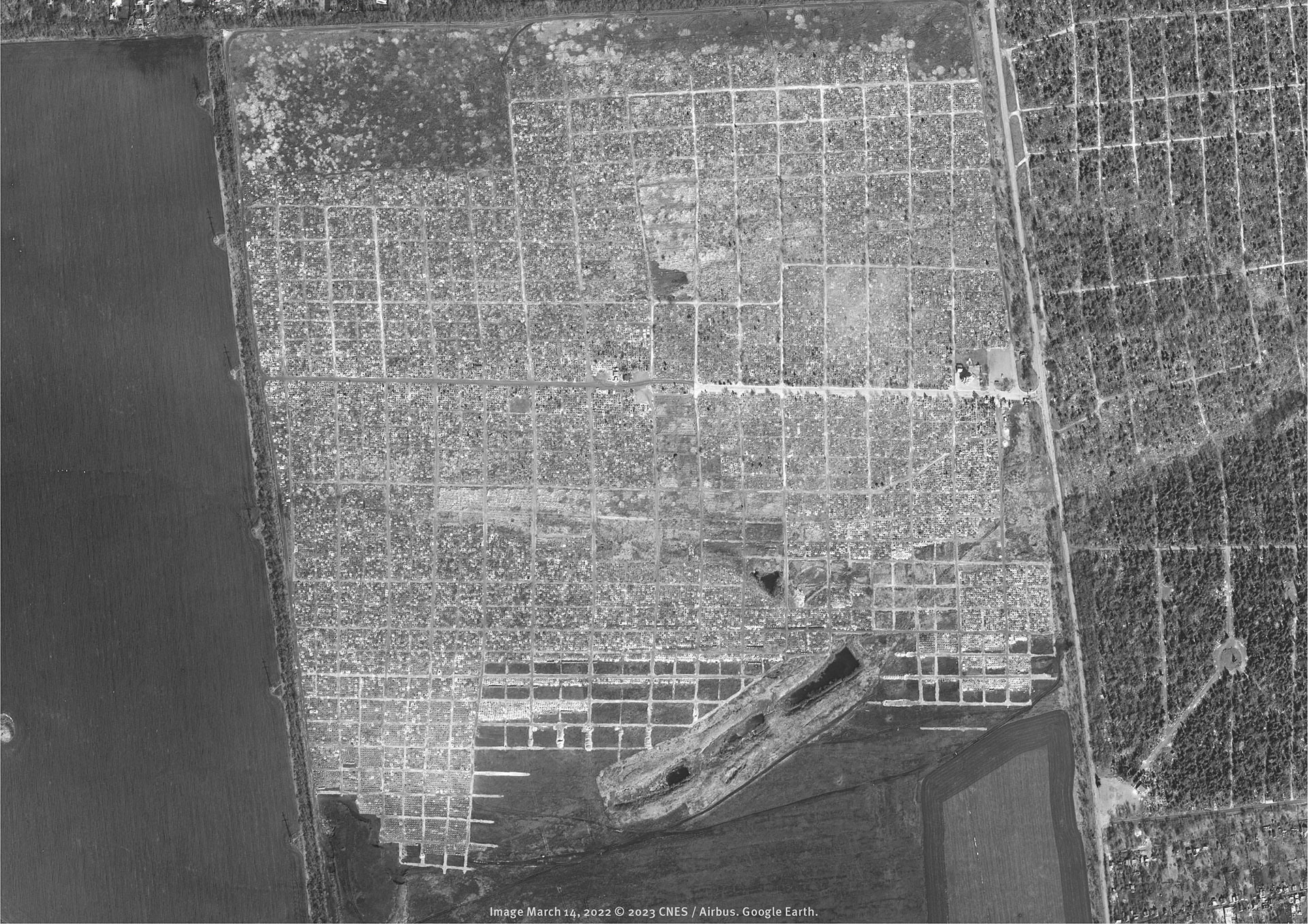

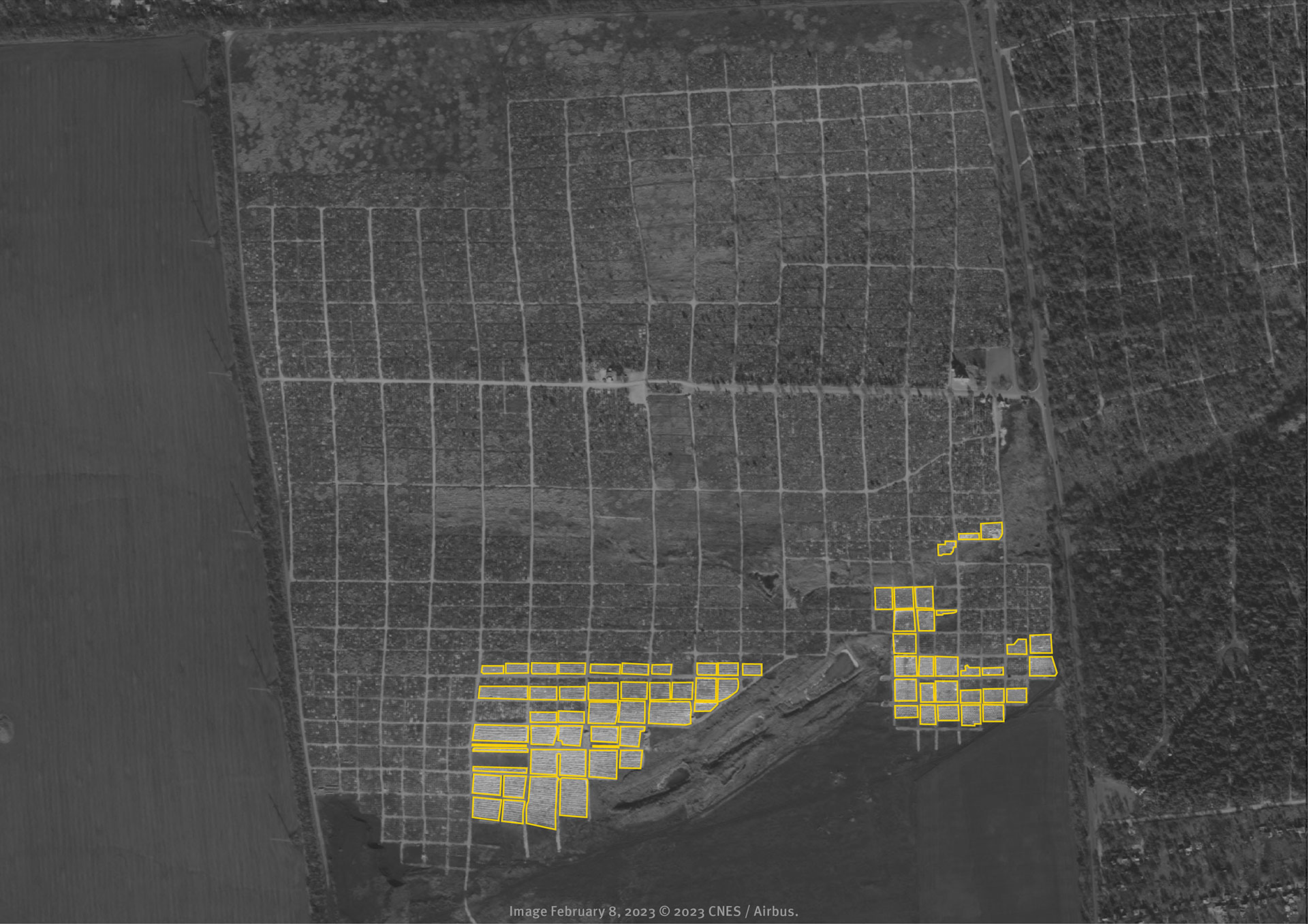
Key Site Analysis
Starokrymske Cemetery
Starokrymske Cemetery
51,135 m2 Total space occupied by the new graves
1,893 Total new individual graves (Area: 16,848 m2)
6,687 Total new trench graves (Area: 34,287 m2)
Most of the burials appear to have taken place in Starokrymske cemetery, Mariupol's main burial ground located on the northwestern outskirts of the city.
We estimate that at least 8,580 people were buried in both individual and trench-style graves here between March 9, 2022, and February 15, 2023. It is not clear whether any of those interred were combatants.
We observed a series of large expansions of the cemetery after May 2022.
The first trench-style grave sites were visible on April 7, 2022. In satellite imagery from May 20, 2022, we observed heavy machinery digging trenches at the cemetery.
Burials between June 2018 and June 2019: 2,459
These are graves that appear to be dug individually.
Burials between March 9, 2022 and February 15, 2023: 8,580
Analyzing the four other cemeteries
Vynohradne Cemetery
331
Total new individual graves
533
Total new trench-style graves

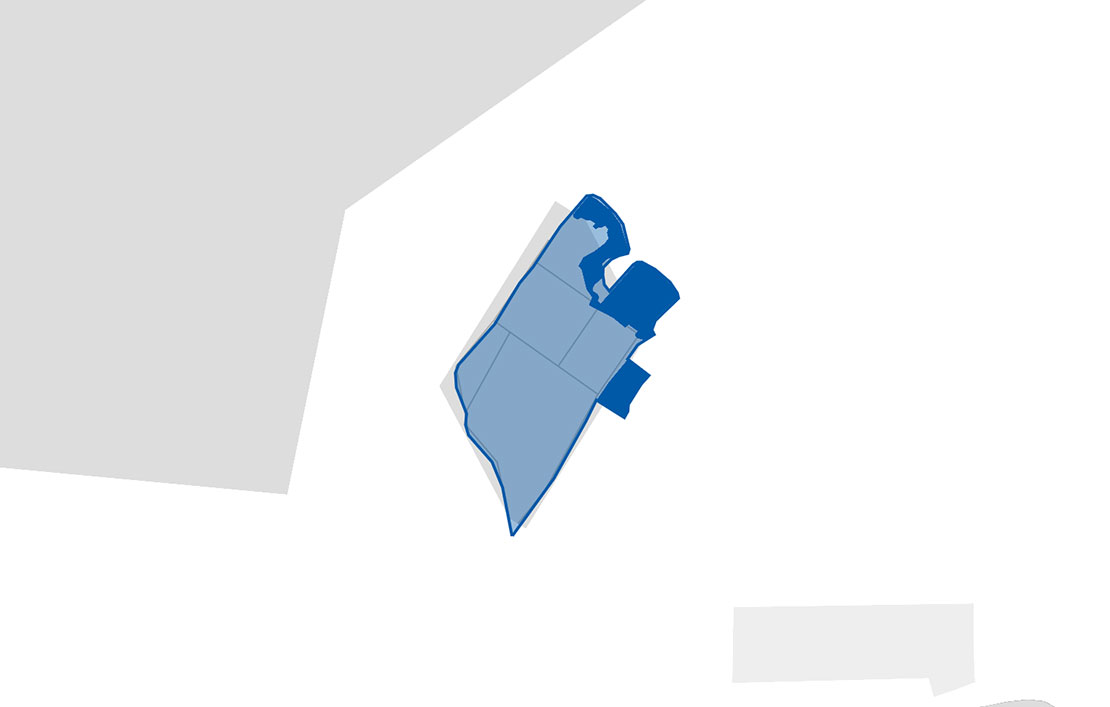
In Vynohradne cemetery, to the east of Mariupol, we estimate that 864 people were buried in both individual and trench-style graves. It is not clear whether any of those interred were combatants. Signs of new, longer trenches within Vynohradne cemetery were first visible on satellite imagery at the end of March 2022.
Novotroitske Cemetery
480
Total new individual graves

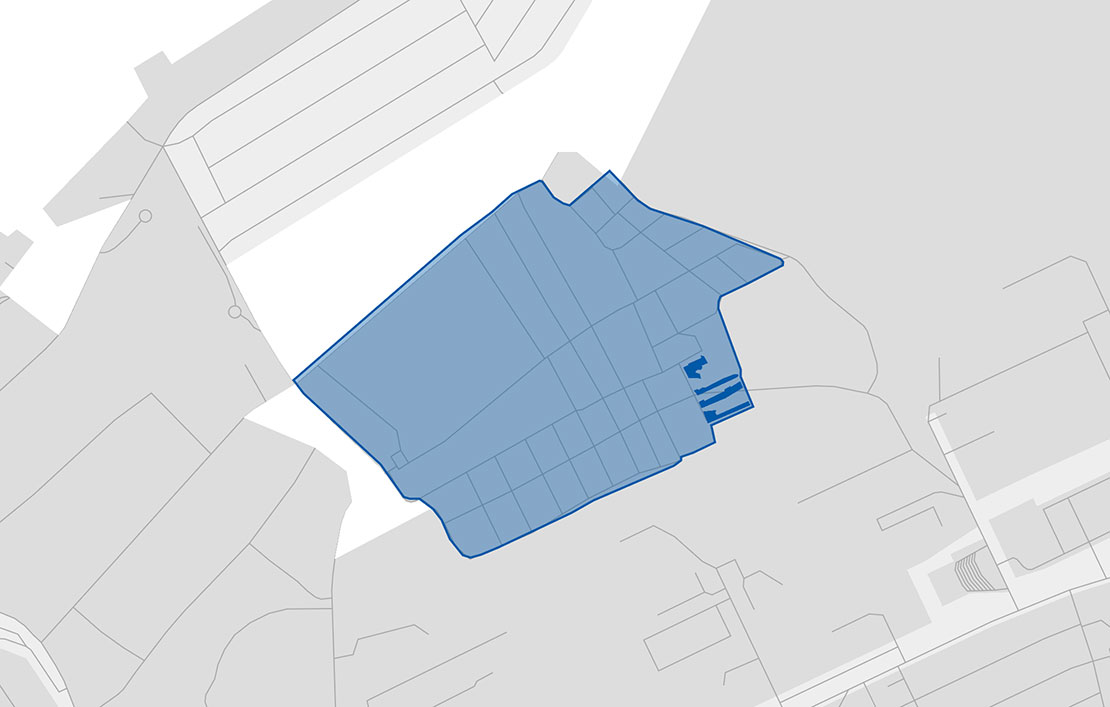
Novotroitske cemetery, to the northeast of Mariupol, contained 480 new individual graves, most of which were already visible on satellite imagery during the first week of March 2022. It is not clear whether any of those interred were combatants.
Manhush Cemetery
315
Total new individual graves

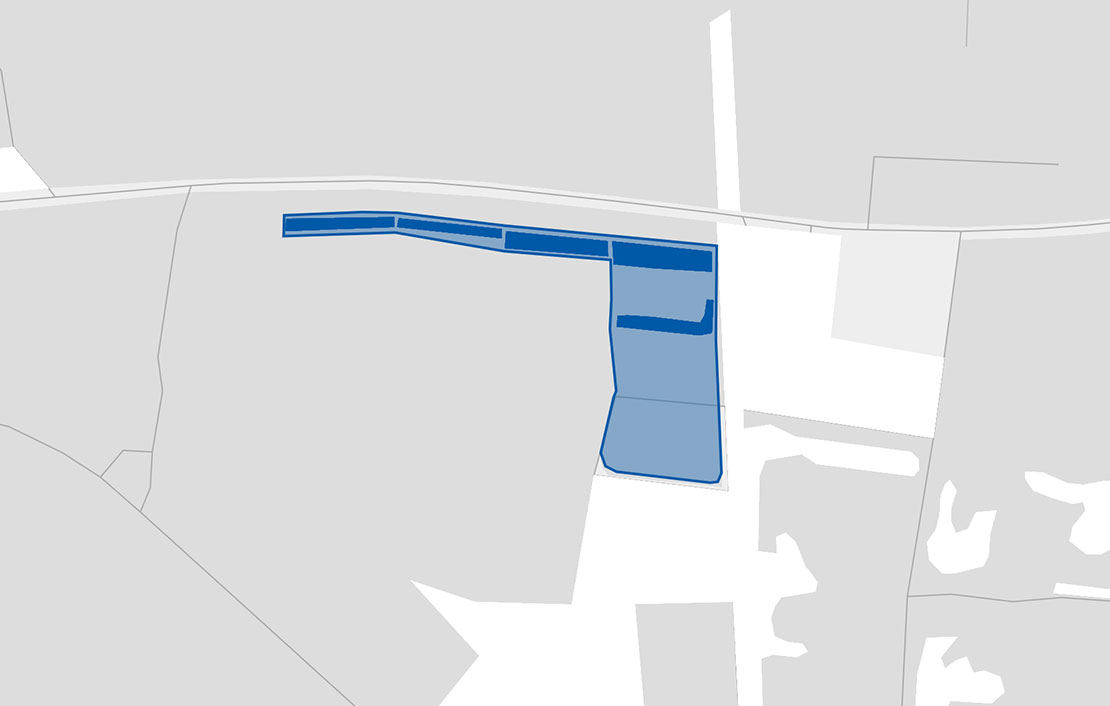
In Manhush cemetery, to the west of Mariupol, we counted 315 new individual graves as of October 12, 2022, and the cemetery did not expand until at least March 2023. It is not clear whether any of those interred were combatants.
The site expanded throughout April 2022. Some pits dug at that time still appeared empty as of March 2023.
Pavlov Street cemetery
45
Total new individual graves


We counted 45 new individual graves in the Pavlov Street cemetery, on the northern outskirts of Mariupol, all of which were dug between March 2022 and May 12, 2022. It is not clear whether any of those interred were combatants. The number of new graves could be much higher, however. We used the satellite image from May 2022 with the highest resolution, but vegetation cover and acquisition angles impeded further analysis.
In the other four sites, burials continued in June 2022 and beyond, as people reburied bodies recovered from makeshift graves and buildings.
The Uncounted
10,284 is likely a significant underestimate of the total number of people who died in Mariupol during this period. It is also unclear how many of these people were civilians and how many were combatants.
Some of the gravesites we identified may have contained multiple bodies. Some people may have died outside of the city after they managed to evacuate. Others buried in makeshift graves in the city may have never been transferred to larger cemeteries. Many bodies may have remained in the rubble of buildings or may never be found.
We encountered major limitations in our analysis due to the remote nature of our research.
Countless people who lost loved ones – spouses, children, friends, and neighbors – continue to look for their bodies in vain, with no knowledge of if or where they were buried.
Many say they will never stop looking.
Footage of Starokrymske Cemetery. @ 2022 AP
Call to Action
Take a Stand for Human Rights in Ukraine:
Research, United, Advocate!
Join us to make a difference in Ukraine’s war-torn landscape. Research, collaborate, and engage with human rights organizations. Together, we can protect and promote human rights.
